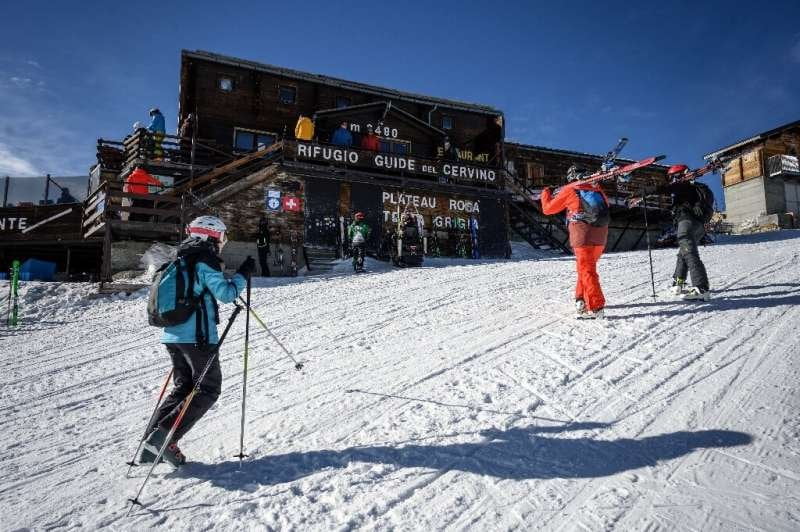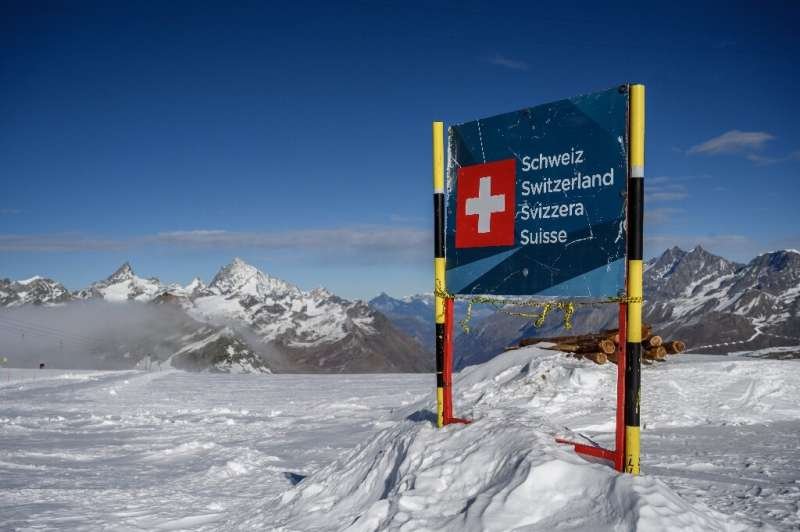The border between Italy and Switzerland runs along a watershed, where meltwater flows on both sides of the mountain towards one country or the other. But the retreat of glaciers, and in particular of the glacier Theodul moved the watershed towards the Guide del Cervino Refuge, a refuge for visitors near the summit Gray Head of 3.480 meters (11.417 feet) and is gradually passing under the building.
Where we are?
Outside, a beam of light from the setting sun illuminates Frederic, a 59-year-old tourist. The cuisine is in Italian, not German, and the prices at the counter are in euros rather than Swiss francs. Yet Frederic orders a slice of cake at the counter and asks: "So, are we in Italy or Switzerland?".
Good question. Important, if you consider that the matter is even the subject of diplomatic negotiations (started in 2018) and concluded with a compromise whose details remain secret (they will only be revealed in 2023, when the Swiss government will also ratify them).
When the refuge was built on a rocky outcrop in 1984, its 40 beds and long wooden tables were entirely in Italian territory. Today, two thirds of the alpine hut (including most of the beds and the restaurant) is technically located in southern Switzerland.

Glaciers melt
The problem is that the tourism-focused area sits atop one of the world's largest glaciers (and ski areas), with a major new development planned for a cable car station just meters away. Super work for the technicians who monitor, and if necessary move, the borders between the two countries.
Alain Wicht, chief border officer at the Swiss national mapping agency Swisstopo, “takes care” of Switzerland's 7.000 border signs. 1.935 kilometers shared with Austria, France, Germany, Italy and Liechtenstein. Wicht also participated in the negotiations, in which both sides made concessions to find a solution. “Even if neither team came out victorious, at least no one lost,” he said.
A line of snow
As mentioned, where the Italian-Swiss border crosses the Alpine glaciers, the border follows the watershed line. Between 1973 and 2010, the Theodul glacier lost almost a quarter of its mass, forcing the two countries to make fairly frequent border changes: marginal shifts, generally resolved by their respective technicians without involving politics.
And then, suddenly, a tourist facility found itself in the way. And what a structure.
In any case, the situation, which would be funny if it weren't in a dramatic context of climate change, is still evolving. Generally in these cases there is a small exchange of land for compensation, but Switzerland is not interested in another piece of glacier, and Italy does not comment on the incident. Meanwhile, "rumors" let Lucio Trucco (guardian of the refuge) know that his business will remain in Italy.
Considering the fact that this will probably be one of the last glaciers to "die" (some medium-altitude resorts are preparing for the end of alpine skiing, due to global warming), in its own small way it is important news.


